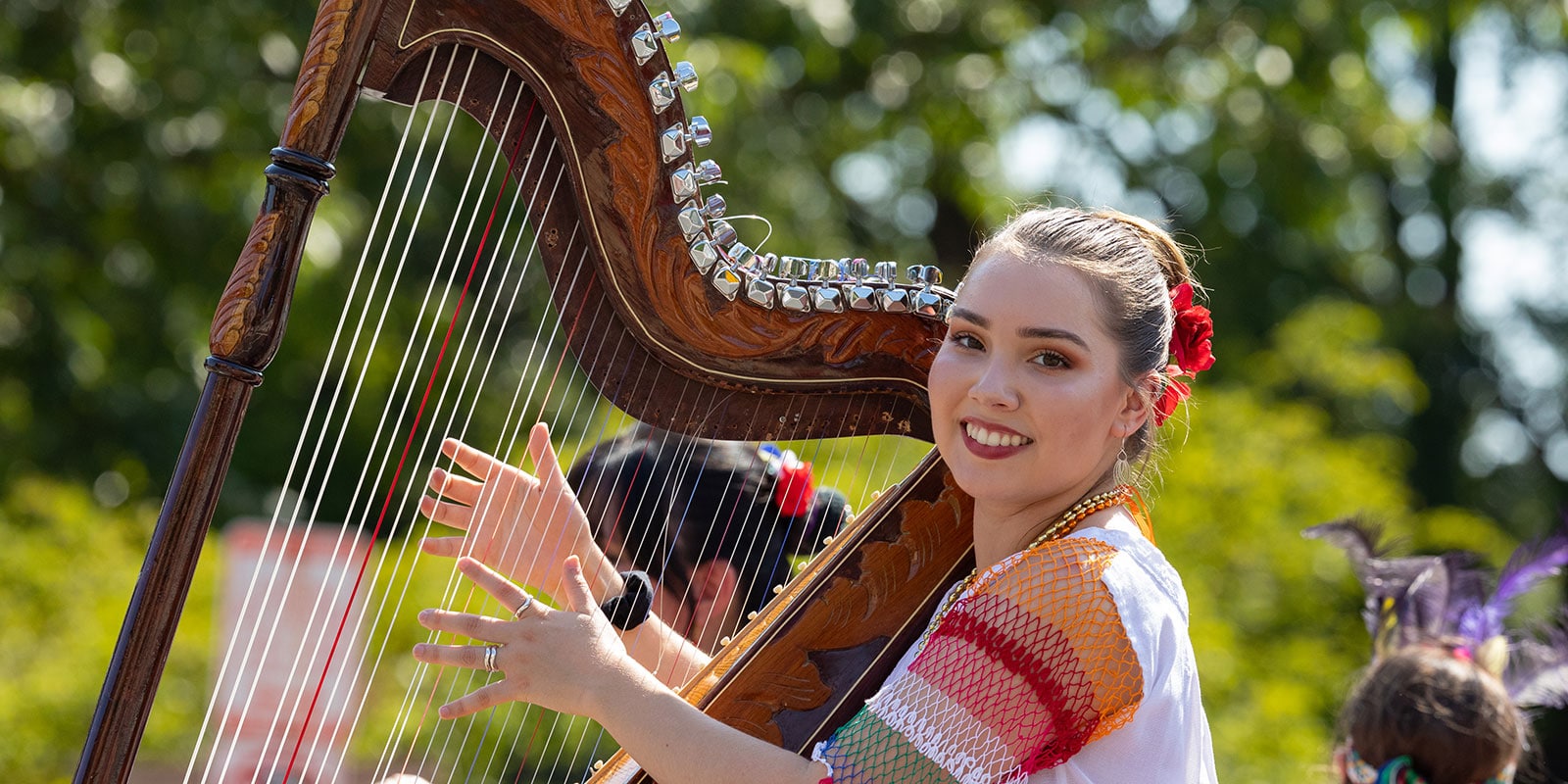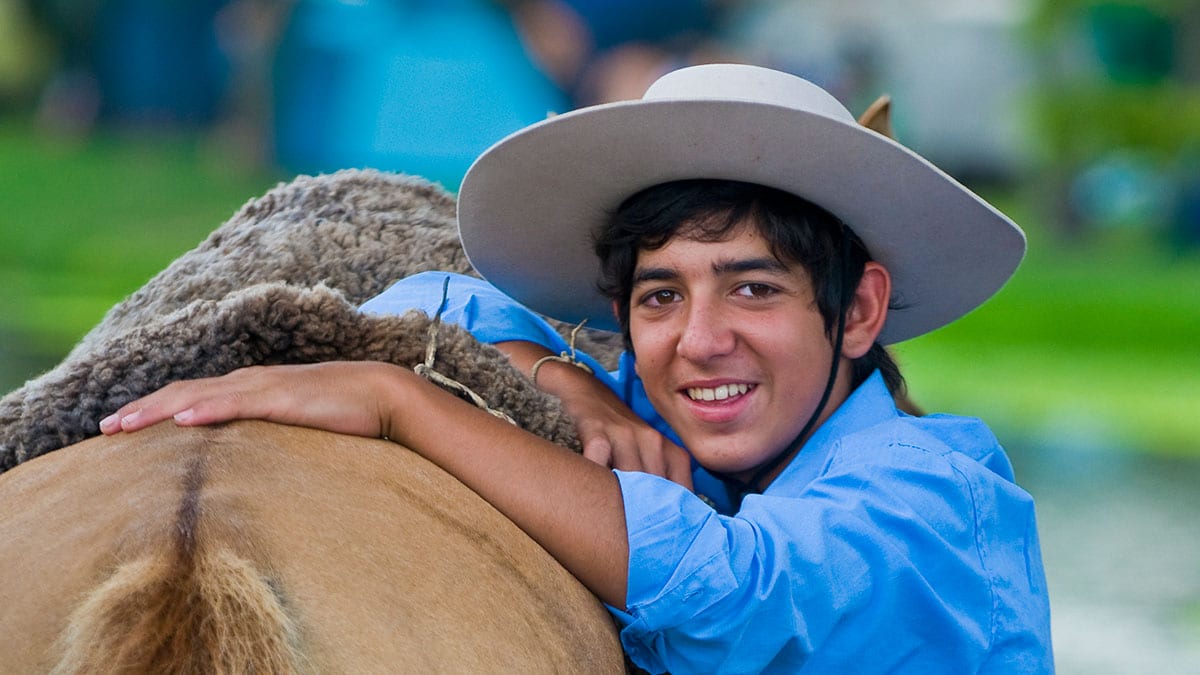South American New Yorkers come from somewhere between:
- La Guajira, Colombia in the north.
- Tierra del Fuego, Chile/Argentina in the south.
- Recife, Brazil in the east.
- Easter Island, Chile in the west.
The Inca were the great South American civilization. South America’s north coast has Caribbean culture.
Geographical features include the Andes mountains, Amazon rainforest and pampas grasslands.
Countries of South America
- French Guiana
- Guyana
- Suriname
About South Americans
We are Indigenous peoples who came from Siberia, probably down the coast from Alaska.
The Inca (1200s – 1572) built one of the great ancient world civilizations from their capital in Cuzco, Peru. Inca roads still run the Andes from Colombia to Chile and Argentina. Many more civilizations didn’t build in stone.
In the Colonial Era, European colonizers came to:
- Spanish Peru (1532)
- Portuguese Brazil (1532)
- English Suriname (1630)
- French Guyana (1643)
- Dutch Suriname (1667)
The colonizers enslaved the Indigenous peoples and then brought Africans. Only Europeans made slavery about race. Colonial social, political and economic systems were designed for colonizers to steal everything. They stole our identites too and forced their culture on us. The free labor of Indigenous and African Diaspora peoples and theft of the Americas is what built the West. Their legacy is dysfunction. We are still decolonizing.
More recently we are Arab and Asian too. Easter Island is a Polynesian part of Chile. DNA studies prove that a few Latin Americans reached Polynesia from what is now Colombia. Humans are amazing.
- Brazil is has the biggest African Diaspora population outside of Africa. It is also South America’s biggest economy. 🇧🇷
- Argentina had a major Italian migration at the same time as New York City. Rich Italians moved to Argentina, poor Italians moved to New York. 🇦🇷
- Colombia with its Atlantic and Pacific coasts has tremendous diversity in its biosphere, regional cultures and people. 🇨🇴
- Venezuela used to be the South American country most like the United States because oil brought Texans in the 1920s. Today the failed state is generating one of the great migrations in the Americas. 🇻🇪
Promote South American Culture
New York Latin
Vuelvo al Sur
“Vuelvo al Sur,” Astor Piazzolla and Fernando E. Solanas
como se vuelve siempre al amor,
Vuelvo a vos
con mi deseo, con mi temor…”
We love the culture we inherited because it is part of us now. Those systems were designed for people at the top to steal everything.
“Cien Años de Soledad”

“One Hundred Years of Solitude” (1967) is one of the world’s great novels. In it Márquez develops his central thesis that history repeats itself, by telling the story of generations of the Buendía family in Macondo, Colombia. Filled with heat and mystery, the novel is said to be the story of Latin America written in a kind of code.
There is no real Macondo, but it may be modeled after his hometown of Aracataca which is just south of Santa Marta on Colombia’s Caribbean coast.
The “Magical Realism” style of writing captures the real magic that is part of Caribbean and Latin American life. Surrealism is the same thing in art. If you think about it, magical realism is part of any natural life, anywhere in the world. It’s how humans try to make sense out of the endless cycle of life and death, and the beautiful illusions we live.
[Yo vivo con ustedes en Macondo.]



